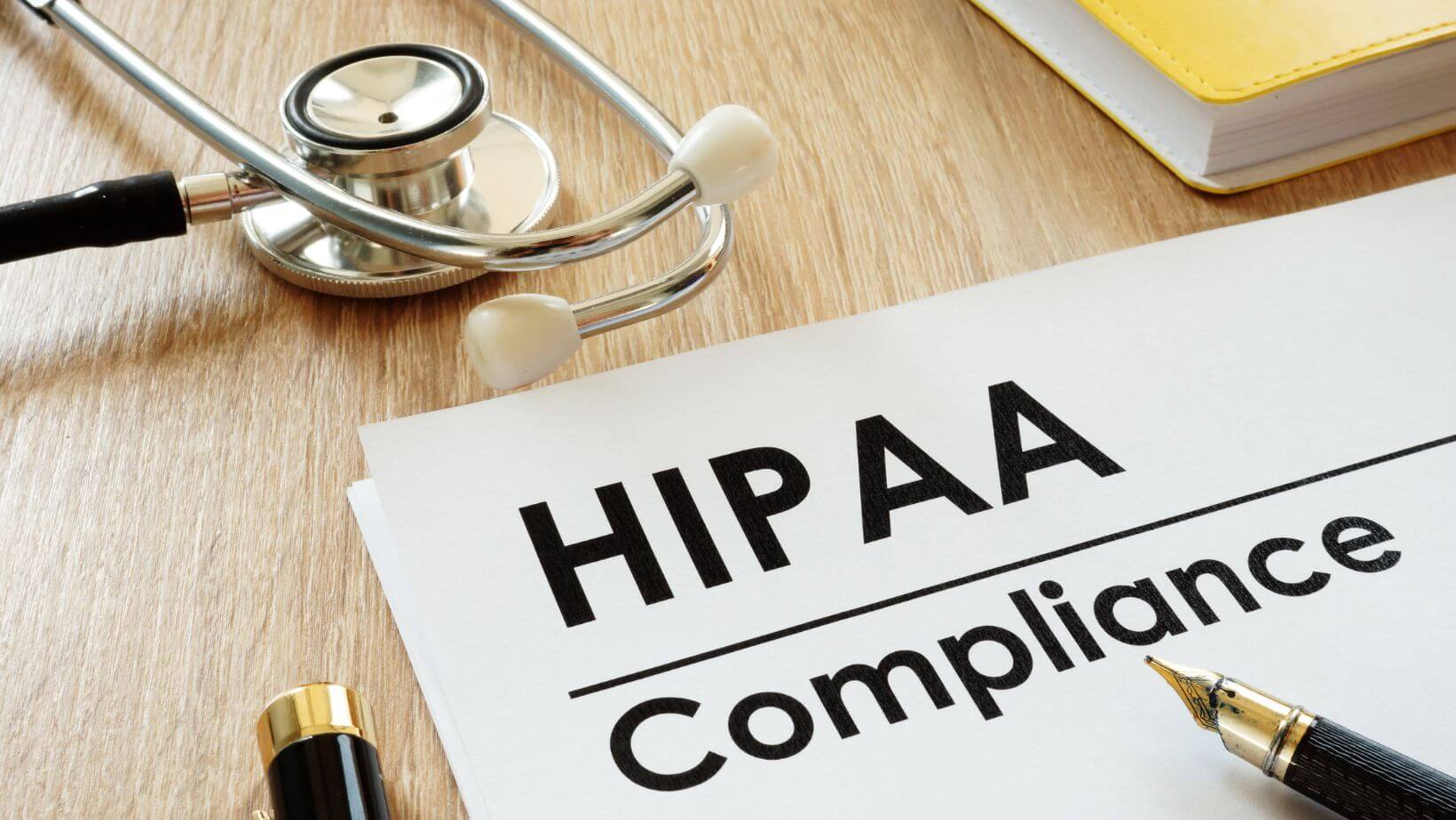
Ensuring the confidentiality and integrity of patient information is not only an ethical imperative of healthcare providers but a legal one under the Health Insurance Portability and Accountability Act (HIPAA). Central to HIPAA compliance is the secure destruction of documents containing sensitive health data. This guide will walk you through the complexities of HIPAA compliance and demonstrate the pivotal role that document shredding plays. Whether you’re an office manager, compliance officer, or healthcare professional, securing your organization’s HIPAA compliance through proper shredding protocols is paramount.
In navigating the maze of regulations and best practices, this post will cover everything from understanding the intricacies of HIPAA to choosing the right shredding method for your organization. By the end, you’ll be equipped with the knowledge needed to safeguard your patients’ and clients’ data with confidence and ease.
Understanding HIPAA Compliance
The Health Insurance Portability and Accountability Act (HIPAA) was enacted to standardize the protection of patient data and provide greater control over personal medical information. Compliance involves adhering to the Privacy Rule, Security Rule, Breach Notification Rule, and Omnibus Rule, among others. Here, we outline HIPAA’s primary components and set the stage for your dive into secure document destruction.
The Privacy Rule
The HIPAA Privacy Rule created national standards to protect individuals’ medical records and other personal health information. It gives patients more control over their health information, outlines which entities have access to such data, and sets rules for when such information can be disclosed.
The Security Rule
HIPAA’s Security Rule specifies that covered entities must maintain reasonable and appropriate administrative, technical, and physical safeguards for protecting ePHI (electronically protected health information). This includes conducting risk assessments, implementing data backup plans, and creating a disaster recovery plan.
Breach Notification Rule
The Breach Notification Rule requires covered entities to notify individuals, the Secretary of Health and Human Services (HHS), and, in some cases, the media following a breach of unsecured PHI. The notification must be provided without unreasonable delay and no later than 60 days following the discovery of a breach.
The Role of Shredding in HIPAA Compliance
Secure destruction of documents is a critical but often underestimated element of HIPAA compliance. Privacy violation cases often boil down to oversight in document handling and destruction procedures, making informed shredding practices indispensable to your compliance strategy.
Importance of Proper Document Disposal
Improper disposal of health information is a leading cause of data breaches. Ensuring all records are thoroughly destroyed guarantees that private information remains private and prevents unauthorized access to patient data.
Types of Documents That Require Shredding
HIPAA necessitates the protection of a broad range of documents. From medical records to appointment scheduling notes, understanding what warrants shredding is key to maintaining a compliant environment.
Tri-State’s HIPAA Compliant Services
At Tri-State, we understand the complexities of HIPAA compliance and offer secure document shredding services that meet all necessary regulations. Our state-of-the-art shredding technology ensures complete destruction of sensitive documents while maintaining a chain of custody to ensure proper handling.
Our team is trained in HIPAA compliance and follows strict protocols to safeguard patient data during the shredding process. We also offer onsite shredding options for added security.
Choosing the Right Shredding Method
Selecting the right shredding method for your organization’s needs is essential to achieving HIPAA compliance and protecting patient data. Some considerations when choosing a shredding method include:
- The volume of documents that need to be shredded
- The level of sensitivity of the information
- The frequency at which shredding needs to be performed
- Any budget restrictions or limitations
Ultimately, the most effective method will depend on your organization’s unique requirements and implementing a combination of methods may provide the most comprehensive protection.
Onsite Shredding
Onsite or mobile shredding involves a shredding truck coming directly to your location and destroying documents onsite. This method offers added security as you can witness the shredding process and receive a certificate of destruction immediately.
Offsite Shredding
Offsite shredding involves securely transporting documents to a facility where they will be shredded. This option is more cost-effective for larger volumes of documents and still maintains strict chain of custody protocols.
Scheduled Shredding
Scheduled shredding is ideal for organizations that have a high volume of documents to shred on a regular basis. A secure, locked console is placed in your office and our team will empty it on a predetermined schedule.
Hard Drive Destruction
In addition to paper documents, electronic media such as hard drives contain sensitive information that must be securely destroyed to maintain HIPAA compliance. Data that are not properly disposed of can be recovered from hard drives, posing a significant risk of a data breach. Hard drive destruction services help you destroy every piece of sensitive information, even digital.
Tackle Compliance with Tri-State Shredding
For unparalleled shredding solutions that weave seamlessly into your HIPAA compliance framework, look no further than Tri-State Shredding. Our NAID-certified and HIPAA-compliant team is dedicated to delivering secure, convenient, and compliant shredding services tailored to your business’s unique needs. Let us handle your shredding worries so you can focus on what you do best—providing exceptional healthcare to your community. Contact us today to learn more about how we can help you tackle compliance with shredding.
